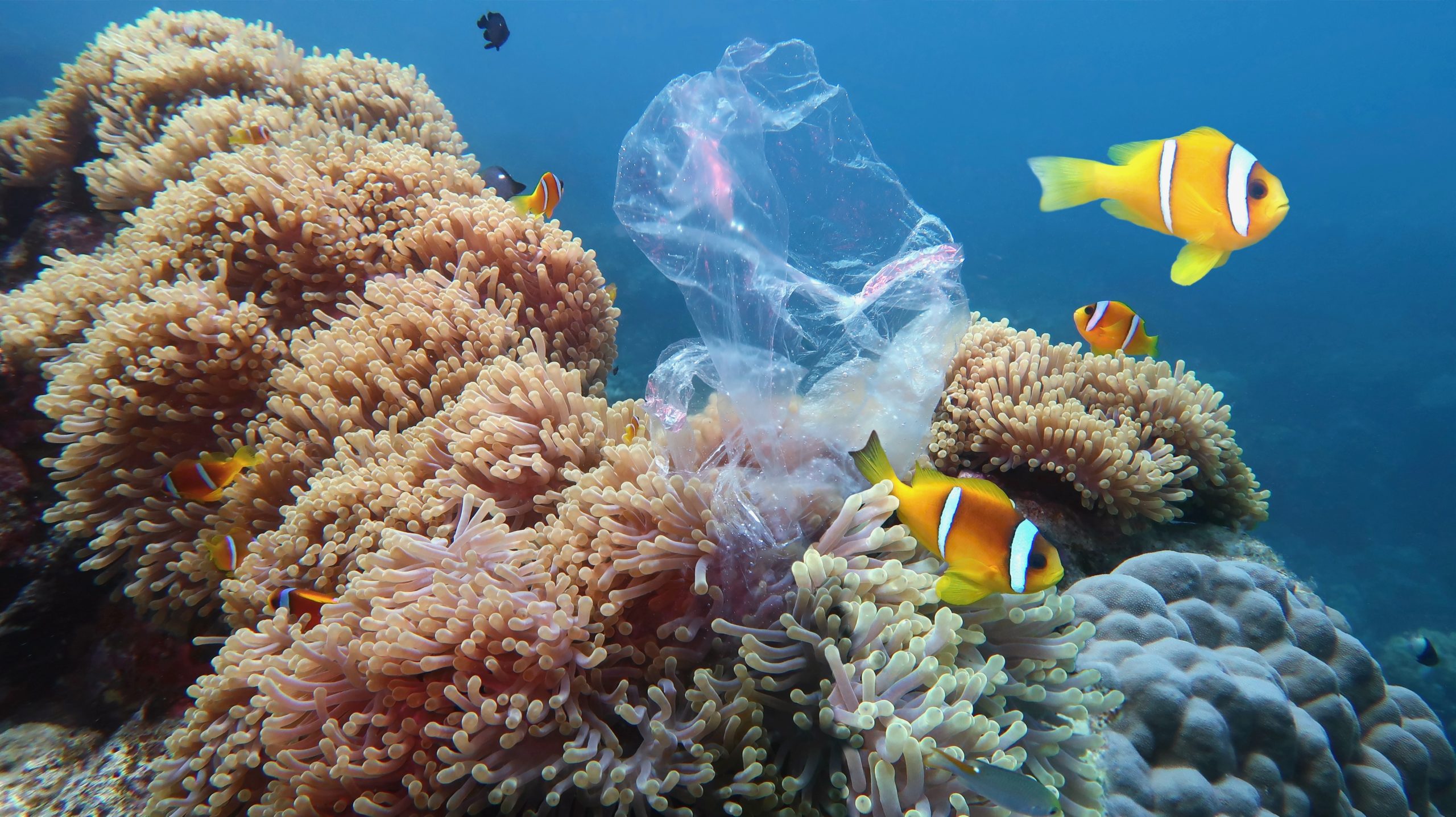News & Updates
The Case to Minimize Single Use Items


Marine biologist Christine Figgener filmed a heartbreaking video of a plastic straw being pried from a sea turtle’s nose several years ago. At the time, she had no idea the global influence her footage would have. Today, the original video has over 85 million views and people around the world have felt the impact it had on plastic straw use.
Since the video went viral, avoiding plastic straws and using alternatives like paper or reusable options such as metal or silicone has become a cultural norm for many. The straw became a symbol of plastic waste and excessive consumption. Witnessing the suffering of that turtle caused millions to reconsider the choices they make on a daily basis and empowered many to make change through environmental activism. Although the turtle and the straw made a big impact, unfortunately there is still a lot of change that must occur to continue making meaningful progress in reducing our trash.
Today, we are facing a massive global waste problem. In 2018 alone, Americans created 292.4 million tons of trash, equating to 4.9 pounds of trash per person per day. The durability of plastic lends to its widespread use in nearly all facets of life. However, that characteristic also makes it a long-lasting environmental hazard, as it can take thousands of years to fully decompose.
Worldwide, people and wildlife are experiencing negative impacts from widespread production and use of plastic, and future generations will be mitigating the effects of plastics used today for decades to come. The choices we make regarding single-use plastics and packaging have wide-reaching impacts. Minimizing our waste is just as important at home as it is in a national park or wilderness area.

Our fast-paced lifestyles have led to a reliance on disposable items — plastic silverware, paper plates, and paper towels — resulting in nearly 1 trillion disposable food service products used each year in the U.S. alone. The manufacture and use of single-use items represents a waste of resources, time, energy, and money. Plastic pollutes the environment; its production and disposal emit greenhouse gasses and other toxic pollutants, it’s dangerous to wildlife, degrades soil and water quality with chemicals and microplastics, and has been strongly linked to negative health outcomes. Single-use products are so conveniently at our disposal that we continue to use them without much thought; since they are being purchased, more are being produced.
We can break this cycle, but it will not be easy. And we cannot expect everyone to contribute to waste reduction in the same way—some people need plastic straws to eat and drink. Complete elimination of plastic straws is not an option. Regardless, most people can stop using straws. Though your daily efforts to change your relationship with single-use items may not feel impactful, change like this is cumulative.
Leave No Trace’s 7 Principles include “Dispose of Waste Properly”, a critical piece to solving our worldwide waste problem. However, this idea is more than just packing out your trash on a hike. By considering our consumer choices, we can minimize the waste we generate, leading to less plastic in landfills. By making changes in habits regarding our consumption and use of single-use items, we support progress being made on other issues such as reducing greenhouse gas emissions, proper waste management, reducing soil degradation, and increasing access to clean water.
Let’s protect and enjoy our natural world together
Get the latest in Leave No Trace eNews in your inbox so you can stay informed and involved.
